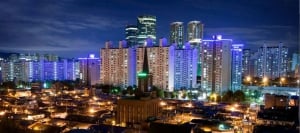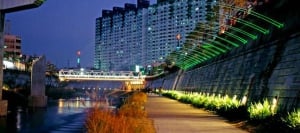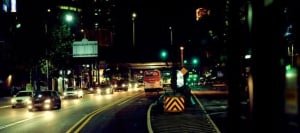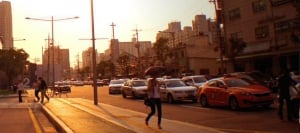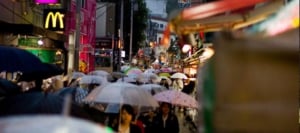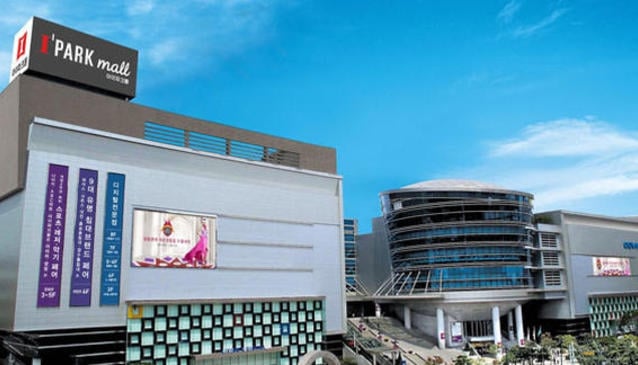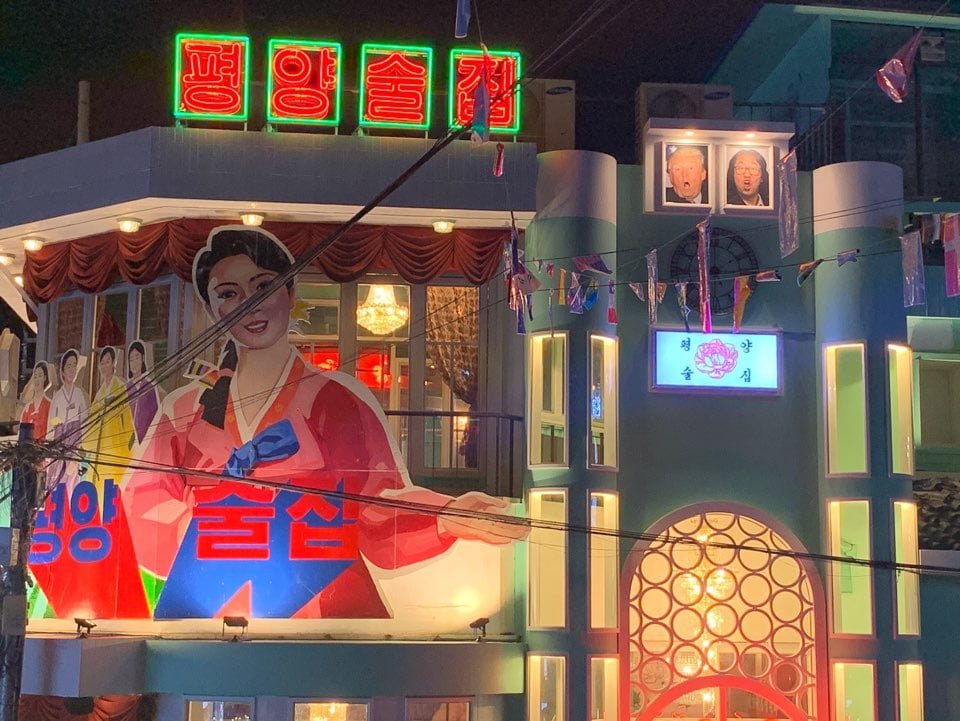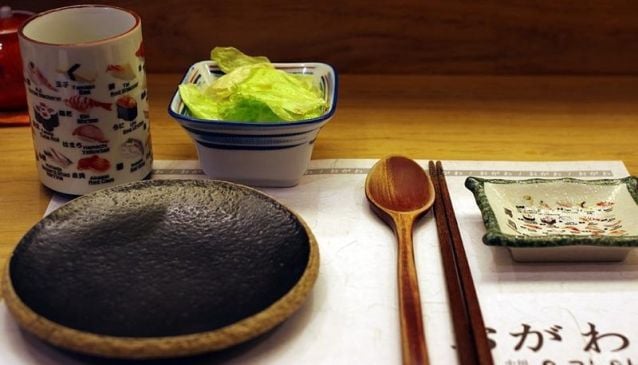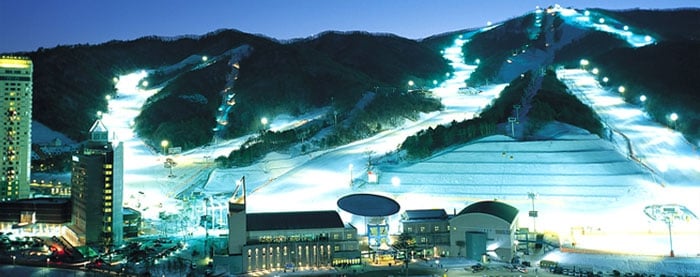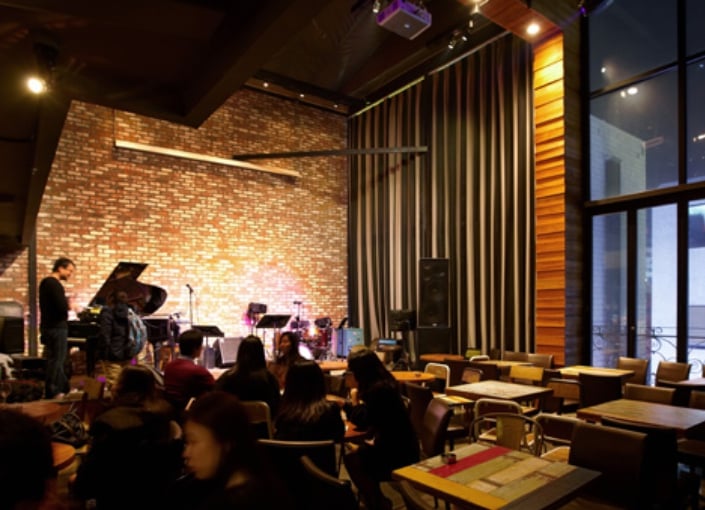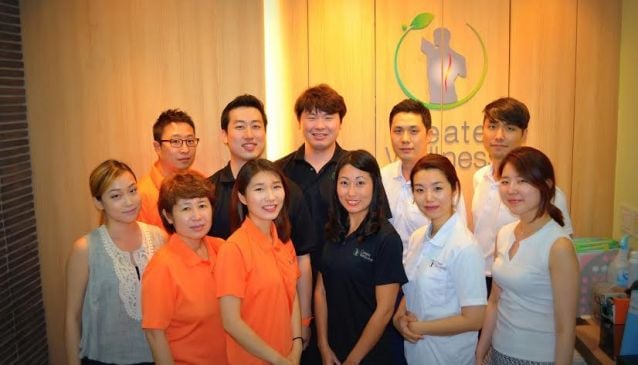Facts about Seoul
- Official title: Seoul Metropolitan city
- Location: In the center of the Korean Peninsula near the West Coast.
- Topography: Seoul is a city surrounded by mountains 700-800 meters high. Namsan (Mount Nam) is situated in the center of the city home to the popular , one of the . The Han River flows across the city from East to West dividing the city into two main areas: North of the River and South of the River.
- Population: 10,464,051
- Area: 605.25 km2 (233.69 sq mi.) Second largest metropolitan area in the world after Tokyo, with over 25 million inhabitants.
- Language: Korean (Major tourist attractions offer language services in English, Japanese and Chinese).
- Religion: Christianity 25%, Buddhism 25%, Minor religios groups include confucianism and others.
- Climate: Four distinctive seasons: Cold and dry winters, hot and humid summers and rather clear and dry spring and fall.
- Over half of Korea's population is living in Seoul greater metropolitan area - the capital of South Korea and center of politics, finance, culture and creativity
- Seoul is divided by the Han River and surrounded by stony-crested mountains and harsh, yet beautiful landscapes.
- With the foundation of the Joseon Dynasty in 1394, Seoul became the capital city.
- Seoul acquired its name after Korea was liberated from colonial reign on August 15th, 1945.
- In 1946, Seoul was re-affirmed as the capital city when the Republic of Korea was founded.
- Seoul abounds with things to do, offering ample opportunities for tourists as well as local residents to explore and appreciate a mixture of modern and traditional Korean culture.
Seoul has a long and rich history, having served as a royal capital since 1394. Its auspicious location between mountain and river, made it the chosen location of King Taejo, the first ruler of the Joseon Dynasty, who immediately set about enshrining the status of his new capital with a series of grandiose projects, some of which - palaces, fortress walls and sites for ancestral worship - can still be seen today. Unfortunately, many of these are restorations, since after an uninterrupted succession of twentyseven kings, the Joseon Dynasty faded into history with its annexation by the Japanese Empire in 1910. Occupying forces systematically destroyed much of what Seoul held dear, but even after their rule was brought to a close at the end of World War II, worse was to follow, as Korea descended almost immediately into civil war. Straddling America-backed South, and when and armistice was signed in 1953, the city lay in ruins.
What happened in the years to come was nothing short of astonishing. Seoul spent two decades getting back on its feet, then in the 1970's embarked on a remakably rapid ascent from the Third to the First World - the original "Asian Tiger". In 1976, South Korea's GDP per capita was below that of North Korea, with slums of unimaginable poverty lining the banks of the Cheonggyecheon stream in the centre of its capital city. Just a generation or two down the line, Seoul boasts an affluence proximate to that of Western Europe or North America, and the waterway is a popular playground for locals and tourists.
International recognition also came quickly, with the hosting of the World's two grandest sporting events, the Olympics in 1988 and football's World Cup in 2002. But such speedy development was to come at a price, with centuries-old styles and traditions largely sacrificed to the three W's of watches, wallets and westernization.
The city's wooden 'Hanok' housing made way for wave after wave of faceless high-rises and material progress seemed to be the government's only goal. One unintentional yet richly ironic side effect was the that brutal architectural styles that came to pass remained remarkably proximate to those of North Korea until the late 1980's.
Seoul, injected with a newfound sense of style and purpose, has undergone a cultural renaissance. Architecture has taken a turn for the better, with local designers vaulting the aesthetic benchmarks previously set by the foreign teams, that has been roped in for a succession of ill-judged major projects. The artistic scene is thriving - as a walk around the lanes of Insadong or Samcheondong will attest - to the extent that Korean output is now afforded the same international respect as that of China and Japan.
Take a minute to see what it feels like setting foot in Seoul...
Seoul: Jan 2011 from B. Kim on Vimeo.
Â
City Lights from B. Kim on Vimeo.
Â


